Quad HD vs 1080p display resolution: can people actually see the difference?
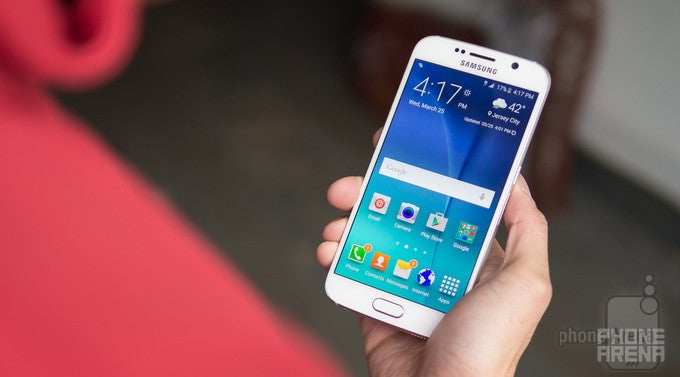
Back in the good old days of... May 2014, 1080 by 1920 pixels (also referred to as 1080p) was the screen resolution associated with high-end smartphones that weren't the iPhone. Everyone seemed to be happy with it as the high pixel count and density sufficed for every task and need. But then came phones like the LG G3 and the Oppo Find 7, which broke the 1080p barrier with their 1440 by 2560-pixel (Quad HD) displays. All of a sudden, 1080p screens weren't sharp enough. It was Quad HD screens that produced the sharpest, most detailed image one could possibly see on a smartphone screen. Or so we were told.
Today, a year later, there are no less than a dozen smartphone models rocking Quad HD screens – from the exotic HTC One M9+ and Meizu MX 4 Pro to the hugely popular Galaxy S6 and Galaxy Note 4 by Samsung. And their number is only going to rise in the foreseeable future. But honestly, does it have to? What's the practical benefit from having such an insanely pixel-dense display on your smartphone? And, in spite of what we're being convinced, can people actually see the difference between Quad HD and 1080p resolution on a smartphone screen of average size?
Our initial experiment
In hopes of getting solid answers to these questions, we conducted our own testing here at the office, with our fellow colleagues in the role of guinea pigs test subjects. We asked them to look at a series of images of different resolutions, displayed on a Samsung Galaxy S6's 5.1-inch Quad HD screen. Then people had to say whether they could see any difference in detail or resolution. In theory, a slight difference was present, but was anyone going to notice it?
For the purpose of our experiment, we scaled down seven high-res images twice – once to a resolution of 1440 by 2560 pixels and again to a size of 1080 by 1920 pixels – for a total of 14 images people had to compare. Then we loaded them in the Galaxy S6's image gallery. Participants were allowed to look at the pairs of pictures from as close of a distance as they desired, but were not allowed to zoom in. A couple of hours later, the votes were in and counted.
The results
People admitted that they could not see any difference in quality from a regular viewing distance
33 people agreed to participate in our experiment, and the great majority of them – 26 people, to be more specific – could really tell the 1440 by 2560-pixel images from the 1080p ones. Only four of the participants admitted that they couldn't perceive any difference in image quality from any viewing distance, and only three people gave a wrong answer.This, however, doesn't mean that the case is settled, and allow us to explain why. You see, almost all of the people who pointed at the higher-resolution photos did so after looking at them from a really, really close distance. Think 6 inches or less away from the screen, which is nowhere near the typical viewing distance of around 12 inches. Also, most of the people needed to compare images for well over a minute until they were able to give a definite answer instead of a random guess. Many confirmed that they couldn't see any difference between the Quad HD and the 1080p photos without sticking their nose to the phone's display.
More testing was needed
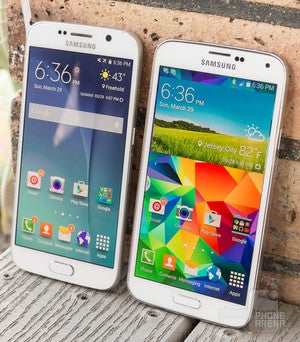
The Galaxy S6 with its Quad HD screen next to the Galaxy S5 with its 'old-fashioned' 1080p display
In this particular test, both handsets had the same Quad HD-resolution images loaded in their galleries. The Galaxy S5, however, scaled down images to its native display resolution of 1080 by 1920 when displaying them, while the Galaxy S6 could fit all 1440 by 2560 pixels on its screen. Therefore, the latter was delivering a greater amount of visual information, at least on paper. Yet interestingly, only half of the people could tell.
Out of the 26 participants in our second test, only 13 perceived the Galaxy S6's display as more detailed, judging by the images shown. Four people said they couldn't see a difference, and the other nine favored the display of the Galaxy S5. Yes, nine people said that the 1080 by 1920-pixel display on the S5 appeared more detailed to their eyes than the Galaxy S6's Quad HD screen, and that despite the latter's higher resolution. Mind you, most participants had to bring the screens unnaturally close to their eyes, much like they did in our previous test, before they could give an answer, be it right or wrong.
Conclusion
Whether or not Quad HD smartphone displays are necessary is a matter we discussed back in 2014, right after the LG G3 hit the shelves. Back then, we arrived at the conclusion that a Quad HD and a 1080p smartphone screen of average size look equally sharp and detailed from a regular viewing distance. Today, a year later, Quad HD smartphone screens might make sense having on a high-end tablet or on an exceptionally large phablet. On a smartphone of average size, however, a Quad HD-resolution display is overkill, and our testing reconfirms this statement. It just doesn't make any practical sense. Yes, some people can tell a Quad HD display from a 1080p one, but only after comparing the two resolutions with their nose stuck to the phone's screen, not in a typical usage scenario.
What was quite surprising was that a third of the participants in our second test favored the Galaxy S5's display over the one on the Galaxy S6, even though the latter has a higher display resolution. But it is hard to say why, hence it is impossible to draw any solid conclusions based on this bit of information. We're assuming that these people had their eyes confused by the way the two screens displayed our test images. In particular, the screen on the Galaxy S5 appeared a tad more contrasty and colors on it were slightly more saturated compared to what the Galaxy S6 displayed. Whether our assumption is correct or not, it seems safe to say that what people perceive as higher in detail isn't only guided by the number of pixels the image is made of.
But regardless of whether people can see the difference, Quad HD displays are only going to get more prevalent among smartphones, especially throughout the high-end portion of the spectrum. After all, a Quad HD screen makes a strong selling point – one that sets a next-generation smartphone apart from so many older models. Plus, they are something to brag with in front of your geeky buddies. And we have a feeling that the resolution race won't stop here, as 4K smartphone screens might not be far from launching. Perhaps their arrival will make people realize that cramming more pixels on a smartphone screen just doesn't make sense anymore? And that it is better to improve upon other aspects of a display instead, such as its top brightness and power consumption? We guess we'll have to wait and see.




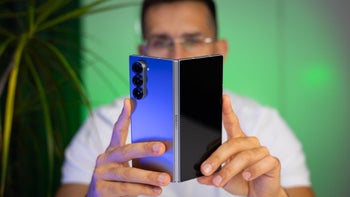
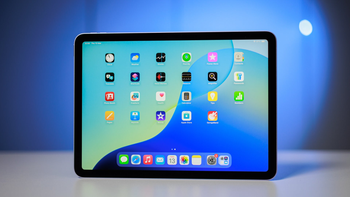
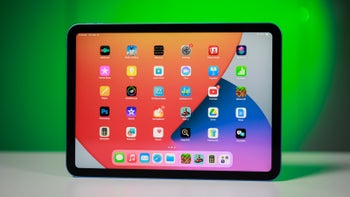
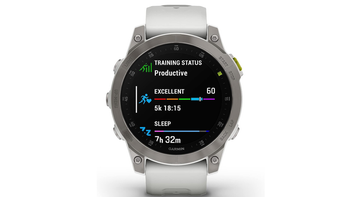
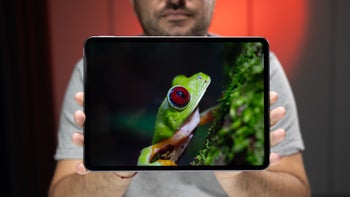
Things that are NOT allowed: